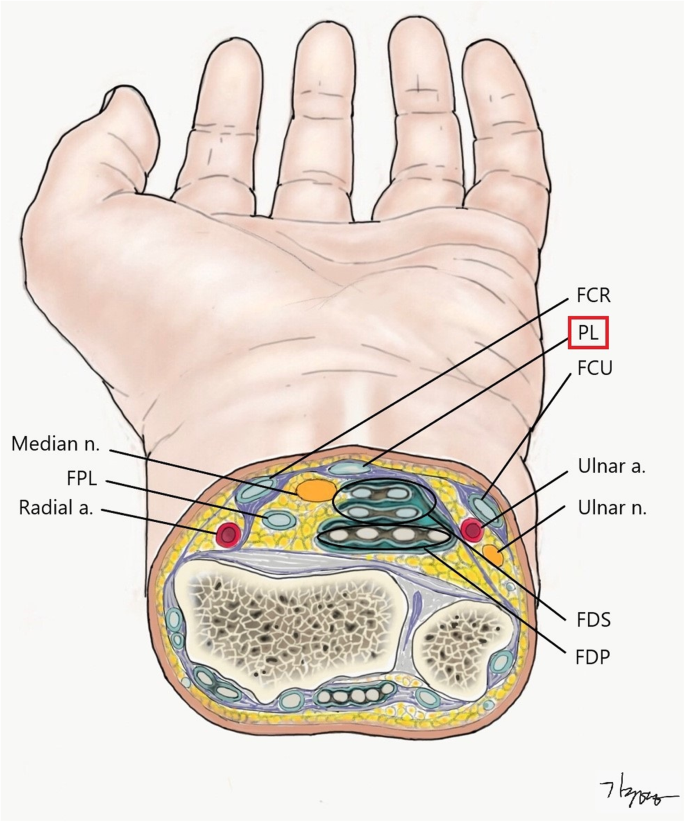Introduction
When it comes to self-harm and the severity of injuries, the question often arises: Is a horizontal cut or vertical cut on wrists more dangerous? This article delves into the intricacies of this topic, offering insights, expert opinions, and valuable information to shed light on the subject.
Is a Horizontal Cut or Vertical Cut on Wrists More Dangerous?
Self-harm is a sensitive topic, and it’s crucial to address it with utmost care and understanding. The question of whether a horizontal cut or vertical cut on wrists poses a greater danger is multifaceted and requires a nuanced perspective.
Understanding Self-Harm
Self-harm, including wrist cuts, is a distressing behavior often associated with underlying emotional or psychological issues. It’s essential to approach individuals struggling with self-harm with empathy and support.
Horizontal Wrist Cuts
Horizontal wrist cuts typically run perpendicular to the wrist’s main artery. While they can result in significant bleeding, they are generally considered less immediately life-threatening than vertical cuts. However, they are by no means safe and should not be underestimated.
Vertical Wrist Cuts
Vertical wrist cuts, on the other hand, run parallel to the wrist’s main artery. These cuts can be particularly dangerous as they may directly impact horizontal cut the blood vessels, leading to rapid and severe bleeding. It’s crucial to treat vertical cuts as emergencies and seek medical help promptly.
Healing and Recovery
Regardless of the cut’s orientation,horizontal cut proper wound care is essential. Clean the wound, apply pressure to control bleeding, and seek medical attention. Recovery from self-harm involves not only physical healing but also addressing the underlying emotional distress.
Understanding the Anatomy
To grasp the severity of wrist cuts, it’s essential to first comprehend the wrist’s anatomy. The wrist is a complex joint comprising bones, tendons, ligaments, and major blood vessels. Any cut in this area can lead to severe consequences.
Horizontal Wrist Cuts
Horizontal cuts across the wrists are typically parallel to the forearm. These cuts may damage major blood vessels, leading to significant bleeding. The danger lies in the potential to sever arteries,horizontal cut resulting in rapid blood loss and a life-threatening situation.
Vertical Wrist Cuts
Vertical cuts, on the other hand, run perpendicular to the forearm. While they can still cause damage to blood vessels, they are less likely to sever major arteries compared to horizontal cuts. However, vertical cuts can be deep and damaging, potentially affecting tendons and nerves.
Which is More Dangerous?
Factors to Consider
Determining which type of wrist cut is more dangerous depends on several factors, including the depth and location of the cut, the presence of underlying medical conditions, and the speed at which medical attention is received.

The Severity of Horizontal Cuts
Horizontal cuts are generally considered more dangerous due to their higher likelihood of damaging major arteries. These cuts can lead to rapid and life-threatening blood loss, requiring immediate medical intervention.
Risks Associated with Vertical Cuts
Vertical cuts, while less likely to damage major arteries, can still result in severe injuries, especially if they are deep and affect critical structures within the wrist. Immediate medical attention is crucial in these cases as well.
FAQs (Frequently Asked Questions)
1. Are horizontal cuts less severe than vertical cuts on wrists? Horizontal cuts are generally considered less immediately life-threatening than vertical cuts, but they should not be taken lightly. All self-inflicted wounds require attention and care.
2. What should I do if someone I know is self-harming? If you suspect someone is self-harming, approach them with empathy and encourage them to seek professional help. Support from loved ones is crucial in their journey to recovery.
3. Can wrist cuts lead to permanent damage? Yes, wrist cuts can lead to permanent physical and emotional scars. Seeking help and support is vital to prevent long-term harm.
4. Is self-harm a sign of mental illness? Self-harm is often a manifestation of underlying mental health issues. It’s essential to address both the self-harming behavior and the root causes through therapy and support.
5. What are some alternative coping mechanisms for emotional distress? There are healthier ways to cope with emotional distress, such as talking to a therapist, practicing mindfulness, engaging in hobbies, and leaning on a support network of friends and family.
6. How can I prevent self-harm tendencies? Prevention involves seeking professional help, developing healthy coping mechanisms, and building a strong support system. Remember, you are not alone, and help is available.
Conclusion
In the debate of whether a horizontal cut or vertical cut on wrists is more dangerous, it’s essential to recognize that both can be life-threatening, and neither should be trivialized. Self-harm is a sign of emotional distress, and seeking help and support is the first step towards recovery.
Remember, you are not alone, and there is hope and assistance available. Reach out to professionals and loved ones, and together, we can overcome the challenges associated with self-harm.








